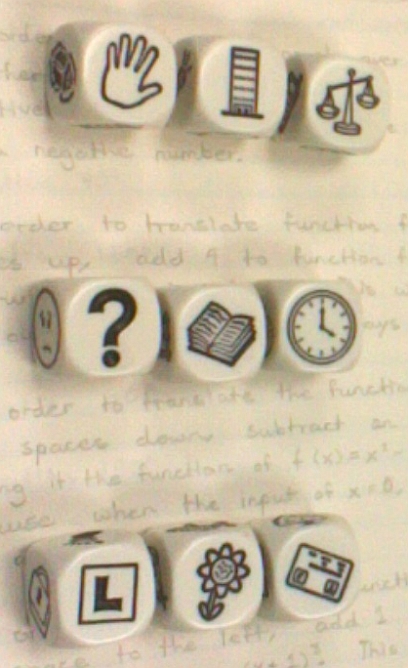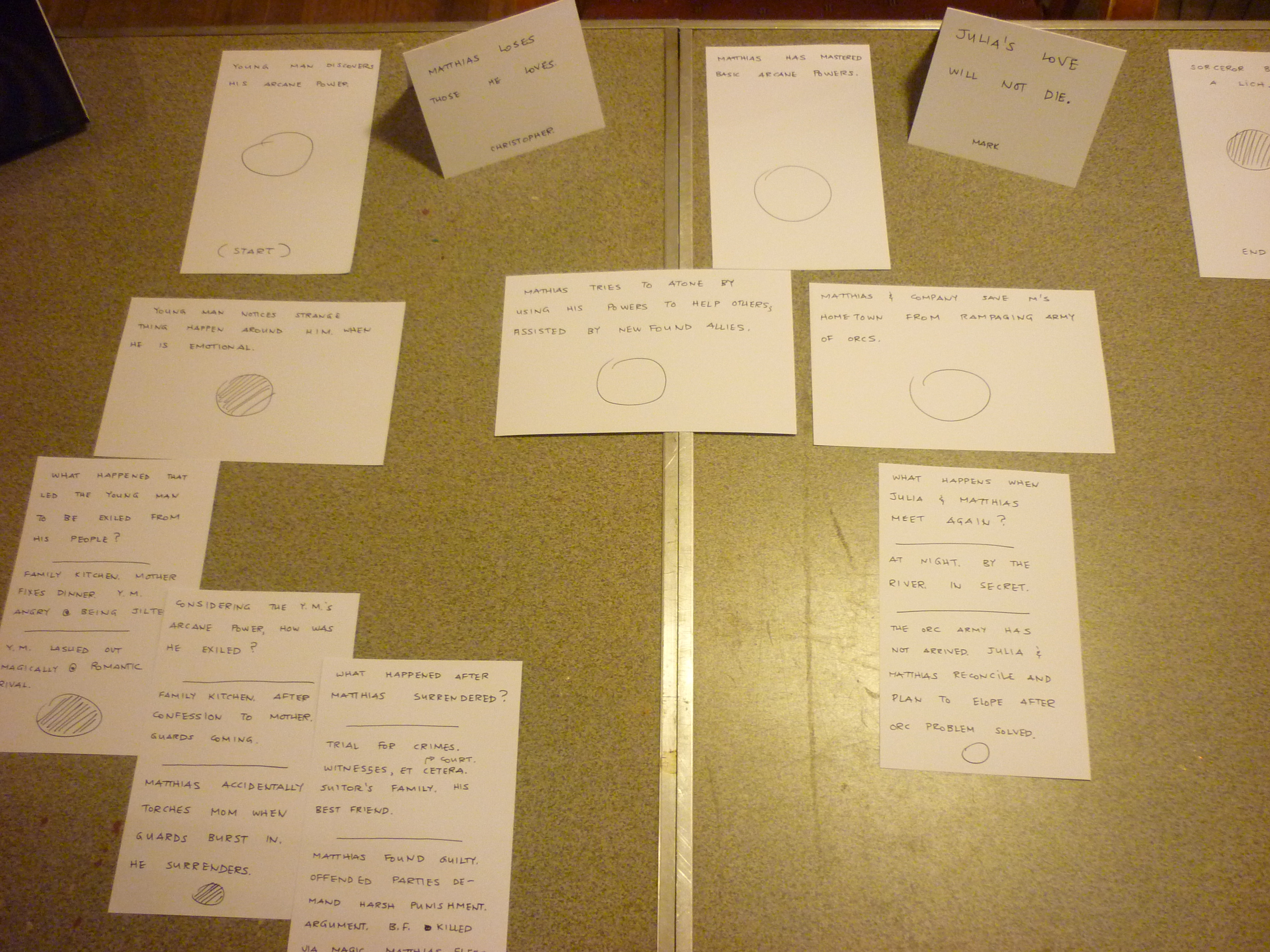River’s Bend Poets Inn
Here’s my second entry for The Grand Original Map Contest, this time for the “Best Trap, Treasure or Puzzle” category. I’m using Small Map B – Rose River for this one. I also have a feeling I’m stretching the intent of the contest a bit here, but that’s okay. I mean, worst-case scenario, I don’t win, which means I end up with what I started with.
River’s Bend Poets Inn
Everyone knows the quickest route through the Iseash Foothills is down the Orouns, that deep, fast-moving river that provides the Inundr Lowlands with so much of its water for irrigation. From the highland Alir Fortress to the sprawling rivertown Cadel, the trip downriver runs two or three days even for experienced river guides.
Meyr Alail, prophetess of Aelincar, the God of Poetry, received a vision in which she saw peoples from many faiths and nations gathered on a sandy river bank, peacefully enjoying wine and food and sharing poems. A single rose grew from the sand and blossomed. Within its petals rested a diamond shining with an inner light. Meyr set out on a pilgrimage down the Orouns and found that sandy bank halfway between the fortress and the town, just east of a wide, wooded valley. Following her vision, Meyr established the River’s Bend Poets Inn.
Over the subsequent years, the inn has grown into quite the regional attraction. Let’s take a tour!
As you wind down the Orouns nearing the inn, the first things you see are the wide, sandy East Bank and the sturdy stone arches supporting the high, stout bridge that spans the river from East Bank into the Sunrise Caves. Passing through these splendid natural chambers with their iridescent crystals, we enter the Hall. Meyr and her followers have carved pastoral bas reliefs into the walls. A short hall to the southwest leads to the soft grass banks at the entrance to the wide, wooded valley. The solid door at the end of this hallway is seldom locked. In the Hall, one also sees an L-shaped corridor leading away to the northwest. This is the Poet’s Passage, and it ends in another solid door, but this one is always locked. Indeed, it is held fast by magic, but it can be opened four times a year by the possessor of the Poet’s Key.
But What About the Trap, Treasure, or Puzzle?
Patience! I’m getting to it.
Remember Meyr’s vision? The part about the rose with the diamond? It turns out the vision was a tad more literal than most prophetic dreams. Four times a year — at each solistice and equinox — the East Bank is crowded with competitors, and spectators throng the bridge as well as the river in anchored boats. From dusk until the dawn, competitors compose original songs and poems in various styles and on numerous topics, doing so under the pious guidance of Meyr and her followers. When the sun starts to rise, a winner is declared, and if that winner’s efforts please Aelincar, then a single rose sprouts and blossoms. Within its petals rests the Poet’s Key. The winner may take the key, process across the bridge, through the Sunrise Caves and the Hall to the door at the end of the Poet’s Passage.
In the stunning caverns on the other side of the locked door awaits a reward chosen and provided by Aelincar himself. The nature of this treasure varies from contest to contest, but it always seems to be somehow related to the winner’s poems. Because of Aelincar’s interpretive whims, the treasure may be something of value, such as gold or gems, or it may instead be something personal, such as long-lost childhood toy restored by the God of Poetry.
That’s It? What Kind of Treasure Is That?
Well, it’s one earned by poetic prowess, so what were you expecting? Fabled riches? And, yes, this might be the sort of thing that hardened adventurers aren’t ever going to participate in.
Of course, there’s more going on each solstice and equinox than just the contest. The inn is crowded with visitors, and not all of them are there for the verse. In past years, the contest has served as a backdrop for intrigue, romance, and crime as well as the sort of hard partying that can lead to memory loss.
 I seldom need much encouragement to do two things: spend money on myself and be geeky. This explains how I ended up with a set each of
I seldom need much encouragement to do two things: spend money on myself and be geeky. This explains how I ended up with a set each of  One of the advantages of being a one-man show of a game company is that I get to set all of my deadlines without having to worry about committees or what not. When I started writing Tiamat’s Throne, I had set a deadline of the end of February 2013 to have the playtest documents ready. I’m not too sure that’s going to happen, but I’m plodding along regardless. While the possibility of missing my deadline is a bit annoying, at least I haven’t taken anyone’s money in exchange for nothing. I guess that’s something.
One of the advantages of being a one-man show of a game company is that I get to set all of my deadlines without having to worry about committees or what not. When I started writing Tiamat’s Throne, I had set a deadline of the end of February 2013 to have the playtest documents ready. I’m not too sure that’s going to happen, but I’m plodding along regardless. While the possibility of missing my deadline is a bit annoying, at least I haven’t taken anyone’s money in exchange for nothing. I guess that’s something.
